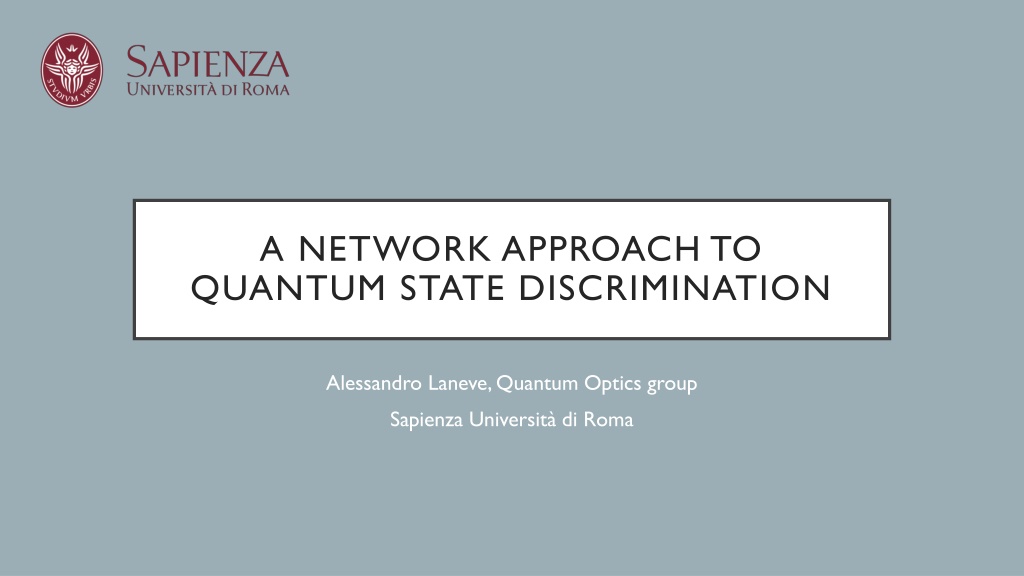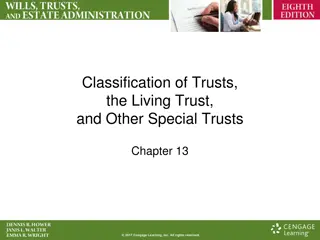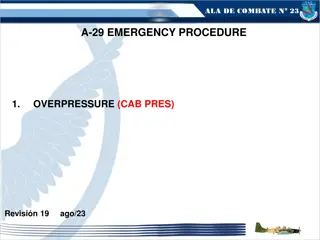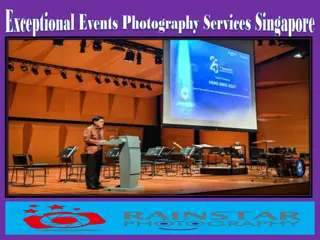
Quantum State Discrimination Strategies and Applications
Explore quantum state discrimination strategies and their applications from theory to technology. Learn about minimum error discrimination, unambiguous state discrimination, and various practical implementations in the field of quantum communication.
Download Presentation

Please find below an Image/Link to download the presentation.
The content on the website is provided AS IS for your information and personal use only. It may not be sold, licensed, or shared on other websites without obtaining consent from the author. If you encounter any issues during the download, it is possible that the publisher has removed the file from their server.
You are allowed to download the files provided on this website for personal or commercial use, subject to the condition that they are used lawfully. All files are the property of their respective owners.
The content on the website is provided AS IS for your information and personal use only. It may not be sold, licensed, or shared on other websites without obtaining consent from the author.
E N D
Presentation Transcript
A NETWORK APPROACH TO QUANTUM STATE DISCRIMINATION Alessandro Laneve, Quantum Optics group Sapienza Universit di Roma
OUTLINE Introduction to the problem of Quantum State Discrimination Strategies for Quantum State Discrimination Quantum Network approach
THE PROBLEM OF QUANTUM STATE DISCRIMINATION From theory to technology
INDISTINGUISHABILITY OF QUANTUM STATES Quantum superposition is a defining property of quantum objects A 2-D system can occupy a wide variety of states This can be exploited in computational tasks: the qubit We can encode much more information in a qubit than a bit Drawback: decoding of information We can recognize via projective measurements only orthogonal states For the other cases, we need to perform a quantum tomography Can we devise clever strategies to avoid this?
QUANTUM STATE DISCRIMINATION (QSD) Development of strategies for optimization of quantum state identification We want to spare resources, maximize success probability, maximize the rate of exchanged information Two main approaches: minimum error discrimination (MED) and unambiguous state discrimination (USD) Intermediate approach is possible: maximum confidence discrimination (MFD) General orientation towards application to quantum communication Mostly optical implementation Coherent states or single-photon ones (flexibility vs security) Bae, J., & Kwek, L. C. (2015). Quantum state discrimination and its applications. Journal of Physics A: Mathematical and Theoretical, 48(8), 083001
VARIOUS APPLICATIONS Dimension witness No-go theorem Quantum channel discrimination
QSD STRATEGIES Different theoretical and experimental approaches
MINIMUM ERROR DISCRIMINATION Useful if we pursue QSD of N states of a D-dimensional system where N>D We apply N projectors to the system, each one associated with one of the states The projectors are such that probability of correct guess is maximized (error probability is minimized) There are theoretical bounds limiting minimum error probability Since N>D, strategies must include ancillary systems or degrees of freedom Crucial feature: every measurement provides a significant answer, but it could be wrong
EXPERIMENTAL EXAMPLE Single photon polarization: 2D system Minimum error discrimination of 3 states (trine ensemble) and 4 states (tetrad ensemble) Bulk-optics implementation One detector for outcome, very straightforward and expensive approach Laser light simulation Optimal results! Not easily scalable to higher dimensions Clarke, R. B., Chefles, A., Barnett, S. M., & Riis, E. (2001). Experimental demonstration of optimal unambiguous state discrimination. Physical Review A, 63(4), 040305
UNAMBIGUOUS STATE DISCRIMINATION Useful if don t want errors to be possible It is only possible if the states are linearly independent (N=D) We apply N+1 projectors to the system N projectors on the N orthogonal subspaces of the (N-1) states subsets, further one collects unconclusive measurements Strategies must minimize the probability of unconclusive measurements Crucial feature: every significant measurement provides a correct result, but it is possible to have unconclusive measurement
EXPERIMENTAL EXAMPLE Encoding of states in Quaternary Phase-Shift- Keying (QPSK) Alphabet of 4 coherent states: ?? = | ? ?2?+1 ??/4 Phase displacement ?( ??) sends ?? in vacuum state Signal is split and counting combination gives unambiguous answer or unconclusive Adaptive variation allows increasing of conclusive results Signal is split in time and phase displacement is performed considering past results Enhanced performance but tons of signal needed! Izumi, S., Neergaard-Nielsen, J. S., & Andersen, U. L. (2021). Adaptive generalized measurement for unambiguous state discrimination of quaternary phase-shift-keying coherent states. PRX Quantum, 2(2), 020305
QUANTUM DISCRIMINATION THROUGH A QUANTUM NETWORK Theoretical approach, experimental implementation and results Laneve, A.,Geraldi, A., Hamiti, F., Mataloni, P., & Caruso, F. (2022). Experimental multi-state quantum discrimination through optical networks . Quantum Science and Technology 7.2 (2022), p. 025028
In order to discriminate ? > ? states, a further degree of freedom is needed The way the system to be analyzed evolve in a network can be exploited for QSD purposes [1] THE IDEA We impose a dynamics, we observe the state in time We measure the state after travelling through the network for a certain amount of time The time of detection can be the supplemental degree of freedom [1] Dalla Pozza, N., & Caruso, F. (2020). Quantum state discrimination on reconfigurable noise-robust quantum networks. Physical Review Research, 2(4), 043011
THEORETICAL FRAMEWORK Very simple network, the state to be discriminated is the initial state encoded in {1,2} nodes System is extracted in nodes {5,6} (sinks) The forward and backward unitaries ??,??determine the evolution of the initial state We consider a round-trip in the network as an evolution step Pairing of extraction time step with the presence of a certain initial state
EXPERIMENTAL IMPLEMENTATION Information carrier is a single photon 1 2 The state is encoded in polarization Nodes of same layer are encoded in polarization 3 4 1 2 Different layers are encoded different positions 5 6 3 ??preparation stage ???/?phase shifting compensation 4
OUR TASK: FOUR STATE DISCRIMINATION We develop a minimum error QSD protocol for ? = 4 states in ? = 2 The unitary operations ?? and ??are set in such a way that each of the four states features a unique probability distribution in time Two different sets Set of maximally distant states: Tetrad Set Set of geometrically uniform states: Compass Set ?????? 0.5 ?????? 0.5 Optimal evolution unitaries are different for different sets!
FULLY THEORETICAL DYNAMICS (NODE 5) Compass Tetrad
EXPERIMENTAL RESULTS:TIME-WISE DISTRIBUTIONS (NODE 5) Compass Tetrad
CONCLUSION Further developments and summary
We use time bins as the supplemental degree of freedom No need for auxiliary systems or complex modal structure in the input Actual single-photon states Only two detectors needed (or even one) plus one for triggering Optimal discrimination in the geometrically uniform case The choice of states can also improve robustness to decoherence The receiver can be used for different states sets Under investigation: increasing the dimensionality of the encoding system, in order to perform more powerful protocols Further improvements: adaptivity towards random states discrimination
THANK YOU FOR YOUR ATTENTION! Time for questions




